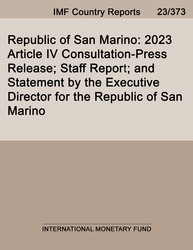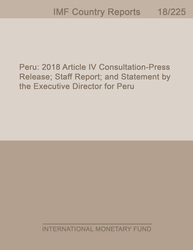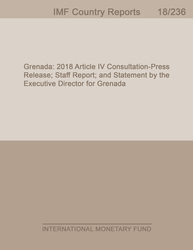
Republic of San Marino: 2023 Article IV Consultation-Press Release; Staff Report; and Statement by the Executive Director for the Republic of San Marino
Republic of San Marino: 2023 Article IV Consultation-Press Release; Staff Report; and Statement by the Executive Director for the Republic of San Marino
READ MORE...
Volume/Issue:
Volume 2023
Issue 373
Publication date: November 2023
ISBN: 9798400260957
$20.00
Add to Cart by clicking price of the language and format you'd like to purchase
Available Languages and Formats
| English |
Prices in red indicate formats that are not yet available but are forthcoming.
Topics covered in this book
This title contains information about the following subjects.
Click on a subject if you would like to see other titles with the same subjects.
Finance , Economics- Macroeconomics , Money and Monetary Policy , Public Finance , Business and Economics - Statistics , International - Economics , Sammarinese authority , authorities of the Republic of San Marino , Sta government finance statistics , utility company , vis-à-vis nonresident , Fiscal stance , Nonperforming loans , Pension spending , Global , Europe
Also of interest
Summary
Context. The global financial crisis and international efforts to address preferential tax regimes exposed the vulnerabilities of San Marino’s oversized financial sector servicing nonresidents. While the banking system entered a deep crisis in 2008 and continues to struggle, the nonfinancial sector has experienced a recovery underpinned by cost-competitiveness and strong corporate balance sheets. More recently, prudent fiscal policies, access to international capital markets and favorable external conditions improved the public finances and boosted confidence. As a result, the economy has been remarkably resilient throughout the pandemic and Russia’s invasion of Ukraine. Despite volatile financial conditions, the government was able to rollover the Eurobond maturing next year. However, San Marino is a microstate subject to very high volatility and financial sector vulnerabilities remain, suggesting that larger-than-usual fiscal buffers are needed.
Copyright © 2010 - 2025
Powered by:
AIDC



